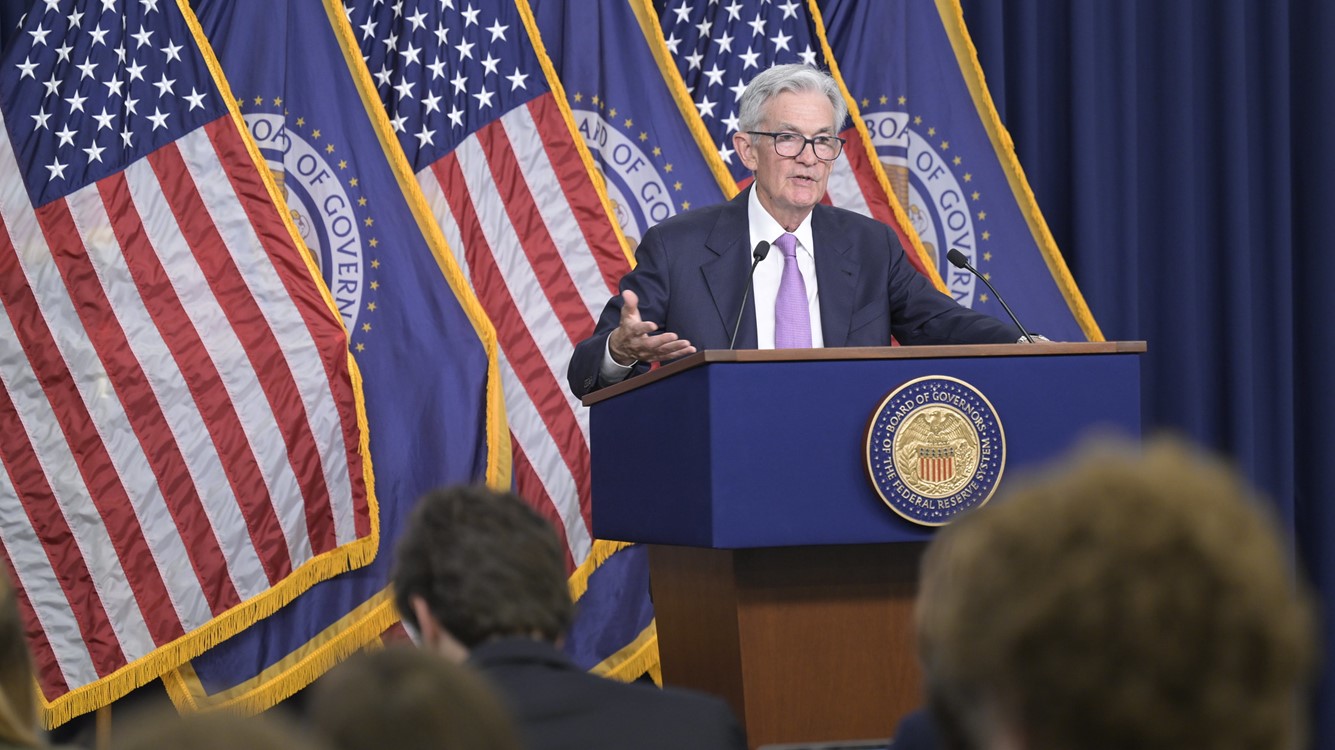Fed hesitantly cuts rates in December
Forecast for 2025 shows fewer rate cuts.

December 18, 2024
The Federal Open Market Committee (FOMC) voted to cut rates by another quarter point at its December meeting, but the vote was not unanimous. The fed funds target has dropped to 4.25%-4.5%, a full percent below its 5.25%-5.5% peak. Cleveland Fed President Beth Hammack, cast the dissenting vote at her third meeting. Three other participants at the meeting, who could not vote, were reluctant to cut. Dissents are rarely done in a vacuum.
The forecast for 2025 was revised from September for growth and inflation; unemployment was revised down slightly. Hence, the reluctance among a significant minority at the meeting to move. The trajectory of rate cuts for 2025 was reduced to two from four. The Fed’s estimate of the noninflationary rate was moved up to 3%, a one-half percent higher than pre-pandemic. The Fed was never able to reach its neutral rate from below in the 2010s.
The official statement was little changed. The only significant change was that “the extent and timing” of future rate cuts will depend on incoming data and the balance of risks for inflation and employment. Chairman Powell was careful to leave all options on the table given the uncertainty in the outlook and potential shifts in policy. The Fed underscored that it is not attempting to front-run policy changes by cutting rates again in December.
Powell underscored that today’s cut was a close call. The downside risks to the labor market appear to have diminished; he said that the Fed does not think we need to see an additional cooling of the labor market to get inflation down slowly. This is at the same time that inflation is coming down less rapidly than hoped.
Powell signaled that the Fed intends to be cautious in making future rate cuts. The slowdown in the cadence of rate cuts was signaled prior to the meeting; the Fed followed through on that signal with the reduction in the number of rate cuts forecast over the next two years.
Powell admitted that some participants in the meeting started to incorporate some policy options and the uncertainty surrounding those shifts in their forecasts. Others did not say whether they had or not.
Powell said that the analysis the Fed did on 2018 tariff announcements, which he had with him, showed scenarios where the Fed would “look through” a rise in tariffs and others when it would not.
He admitted a high level of uncertainty around retaliatory tariffs and how much the economy has shifted since then. Back then, inflation was dormant, while now the embers of inflation are still smoldering.
Powell likened the uncertainty the Fed now faces to driving in fog; you want to drive slower in such conditions, when visibility is low. That is where he thinks we are. That said, he underscored the remarkable resilience the economy has shown, and how it is the envy of the world when he meets with other central bankers. Consumers in the US do not care about how much we are outperforming our peers, but how they feel about their own wallets.
Powell’s mood was more subdued than last year at this time, when a “soft landing” seemed imminent. That is despite the incredible resilience of the economy. He was humbled by that stance a year ago, on the heels of persistently strong real GDP growth and a reacceleration in inflation.
He acknowledged the pain people are feeling associated with the high level of prices. “The best we can do for them, and that's who we work for, is to get inflation back down to its target and keep it there...that's what will restore people's good feeling about the economy.”
Powell admitted that the improvement in inflation has been slower than hoped; the strategy is to slowly grind down inflation without triggering weakness in the labor market. The current rate is still restrictive. When asked if the Fed would rule out a rate hike next year, he would not rule it out but “that doesn’t appear to be a likely outcome.”
FOMC members need to see additional improvements in inflation to continue to cut rates.

Diane Swonk
KPMG Chief Economist
Bottom Line
The Fed has been humbled more than once by improvements in inflation. FOMC members need to see additional improvements in inflation to continue to cut rates – full stop.
Explore more

Fed cuts 1/4 point, no hint on December
Slow and careful.

KPMG Economics
A source for unbiased economic intelligence to help improve strategic decision-making.

Turning Points: 2025 Annual Outlook
Deregulation could partially offset the drag from tariffs.
Subscribe to insights from KPMG Economics
KPMG Economics distributes a wide selection of insight and analysis to help businesses make informed decisions.
Meet our team
